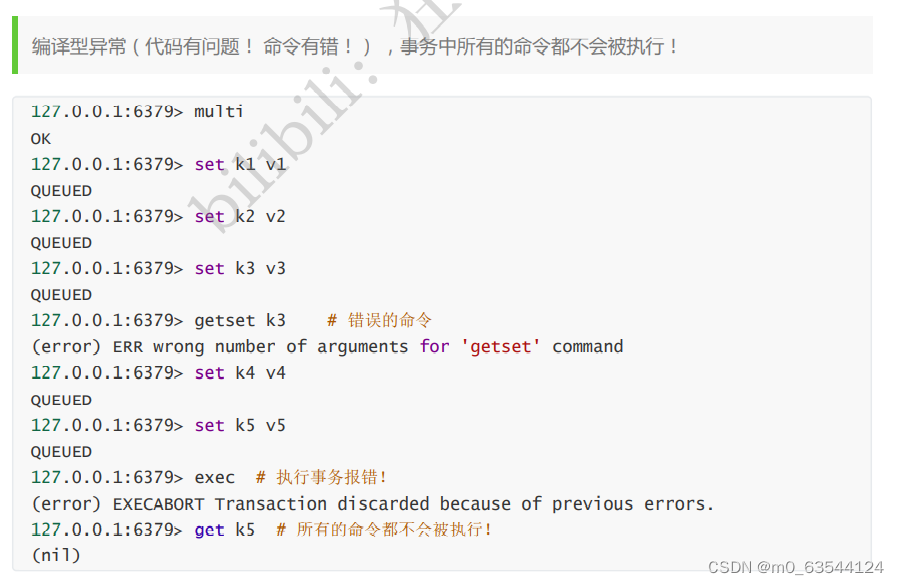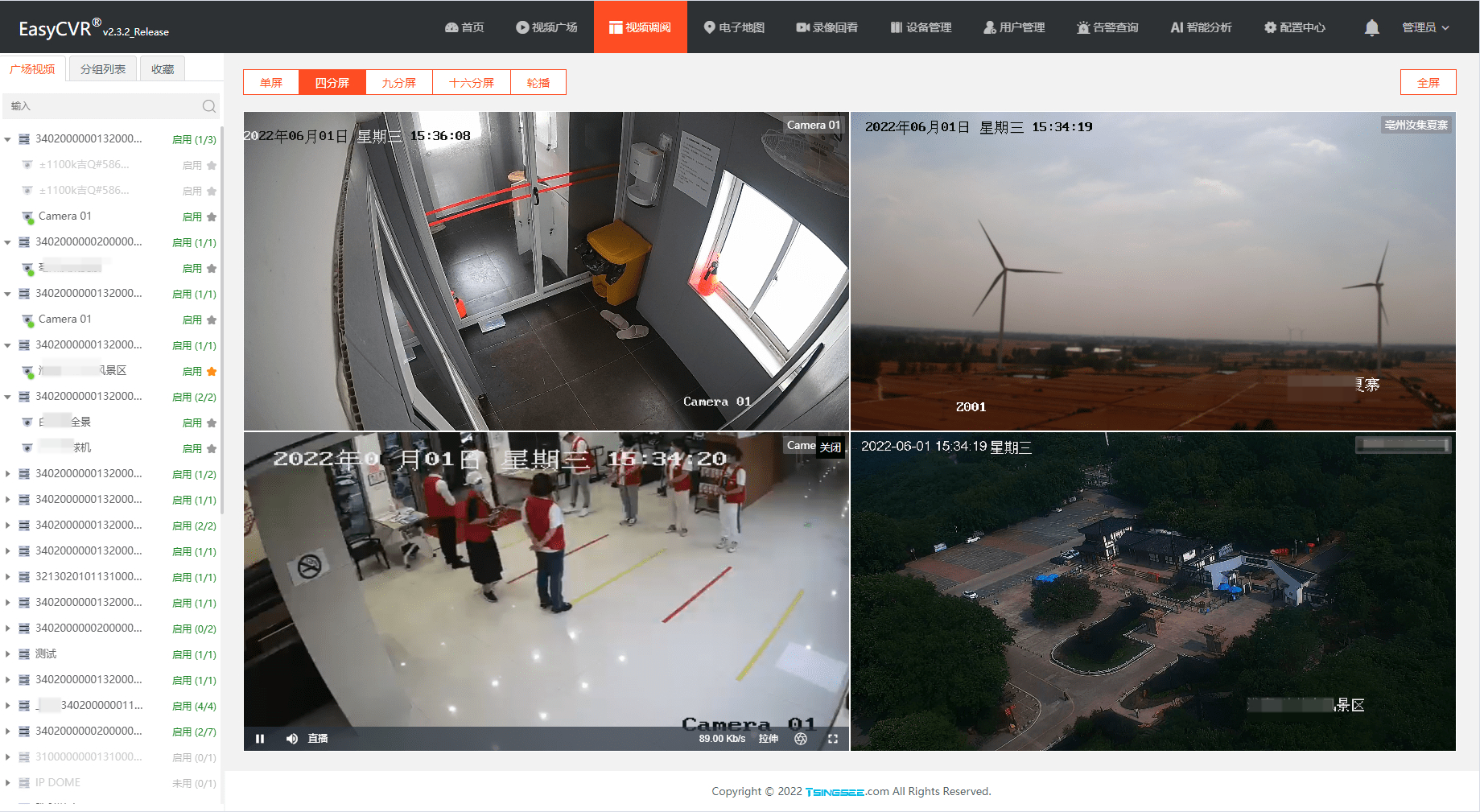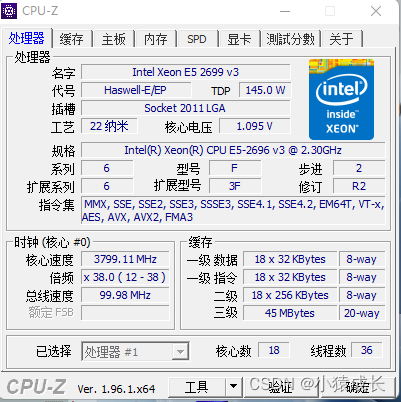当前位置:网站首页>Oracle advanced (VI) Oracle expdp/impdp details
Oracle advanced (VI) Oracle expdp/impdp details
2022-07-07 21:57:00 【InfoQ】
One 、ORACLE Data pump
ORCALE10G- Support parallel processing import 、 Export task ;
- Support pause and restart import 、 Export task ;
- Supported by
Database LinkTo export or import objects in a remote database ;
- Support to import through
Remap_schema、Remap_datafile、Remap_tablespaceSeveral parameters are used to automatically modify the owner of the object during the import process 、 Data file or table space where data resides ;
- Import / Export provides very fine-grained object control . adopt
Include、ExcludeTwo parameters , You can even specify whether to include or not to include an object .
Two 、 What is? Directory object
DirectoryOracle10g- Besides using
network_linkUnexpected parameter ,expdpThe generated files are all on the server (Directory Designated location )
2.1 How to call
- The simplest call in the command line mode , But the parameters written are limited ,It is recommended to use parameter files.
- Parameter file is the most commonly used method . Usually you need to write a parameter file first . Specify various parameters required for export . Then call .
expdp user/pwd parfile=xxx.par
expdp user/pwd parfile=xxx.par logfile=a.logexpdp user/pwd logfile=a.log parfile=xxx.par- Interactive mode
Data PumpImport and export tasks support stopping , Restart and other state operations . For example, users perform import or export tasks , Half way through , Use Crtl+C Interrupted the task ( Or other reasons ), At this time, the task is not cancelled , Instead, it was transferred to the backstage . It can be used again expdp/impdp command , additional attach Parameter to reconnect to the interrupted task , And select the subsequent operation . This is the way of interaction .
2.2 What is? attach Parameters
Starting “BAM”.”SYS_EXPORT_SCHEMA_01″:bam/******** parfile=expdp_tbs.par
SYS_EXPORT_SCHEMA_013、 ... and 、 Operation mode
- Full library modeImport or export the entire database , Corresponding
impdp/expdpIn the command full Parameters , Only have dba perhapsexp_full_databaseandimp_full_databaseOnly authorized users can execute .
- Schema PatternExport or import Schema I have my own object , Corresponding
impdp/expdpIn the command Schema Parameters , This is the default mode of operation . If you have dba perhapsexp_full_databaseandimp_full_databaseIf the user with permission executes , You can export or import multipleSchemaObjects in the .
- Table modeExport the specified table or table partition ( If there are partitions ) And objects that depend on the table ( As the index of the table , Constraints etc. , But only if these objects are in the same
Schemain , Or the executing user has the corresponding permission ). Correspondingimpdp/expdpIn the command Table Parameters .
- Tablespace modeExport the contents of the specified tablespace . Corresponding
impdp/expdpMediumTablespacesParameters , This pattern is similar to table pattern and Schema Pattern supplement .
- Transfer tablespace modeCorresponding
impdp/expdpMediumTransport_tablespacesParameters . The most significant difference between this mode and the previous modes is generated Dump The file does not contain specific logical data , Only the metadata of related objects is exported ( That is, the definition of the object , It can be understood as the creation statement of a table ), The logical data is still in the data file of the tablespace , When exporting, you need to copy metadata and data files to the target server at the same time . This export method is very efficient , The time cost is mainly generated by copying data files I/O On .expdp Perform export of transport tablespace pattern , User must Have exp_full_database Role or DBA role . When importing through transport tablespace mode , The user must have imp_full_database Role or DBA horn color .
- Filtering dataFiltering data mainly depends on Query and Sample Two parameters . among Sample The parameters are mainly for expdp Export function .
- QueryAnd exp In the command Query The function is similar to , however Expdp in , This parameter function has been enhanced , Finer granularity of control .Expdp Medium Query It is also specified similar where Statement to limit records . The grammar is as follows :
Query = [Schema.][Table_name:] Query_clause
Schema.table_nameQuery_clauseQuery_clauseQuery=A:”Where id<5″,B:”Where name=’a’”
WhereSchemaQuery=Where id <5- SampleThis parameter is used to specify the percentage of exported data , The range of values that can be specified is from 0.000001 To 99.999999, The grammar is as follows :
Sample=[[Schema_name.]Table_name:]sample_percent
Four 、 Filter objects
- Exclude Against the rules
- Include Just the rules
Excludeexclude/includeEXCLUDE=[object_type]:[name_clause],[object_type]:[name_clause] -- Exclude specific objects
INCLUDE=[object_type]:[name_clause],[object_type]:[name_clause] -- Contains specific objects
object_typetable,sequence,view,procedure,packagename_clausename_clauseobject_typeexpdp <other_parameters> SCHEMAS=scott EXCLUDE=SEQUENCE,TABLE:"IN ('EMP','DEPT')"
impdp <other_parameters> SCHEMAS=scott INCLUDE=PACKAGE,FUNCTION,PROCEDURE,TABLE:"='EMP'"
EXCLUDE=SEQUENCE,VIEW -- Filter all SEQUENCE,VIEW
EXCLUDE=TABLE:"IN ('EMP','DEPT')" -- Filter table objects EMP,DEPT
EXCLUDE=SEQUENCE,VIEW,TABLE:"IN ('EMP','DEPT')" -- Filter all SEQUENCE,VIEW And table objects EMP,DEPT
EXCLUDE=INDEX:"= 'INDX_NAME'" -- Filter the specified index object INDX_NAME
INCLUDE=PROCEDURE:"LIKE 'PROC_U%'" -- Include with PROC_U All stored procedures at the beginning (_ The symbol represents any single character )
INCLUDE=TABLE:"> 'E' " -- Contains characters larger than E All table objects of `
Parameter file:exp_scott.par
DIRECTORY = dump_scott
DUMPFILE = exp_scott_%U.dmp
LOGFILE = exp_scott.log
SCHEMAS = scott
PARALLEL= 2
EXCLUDE = TABLE:"IN ('EMP', 'DEPT')"
D:\> expdp system/manager DIRECTORY=my_dir DUMPFILE=exp_tab.dmp LOGFILE=exp_tab.log SCHEMAS=scott
INCLUDE=TABLE:\"IN ('EMP', 'DEPT')\"
\expdp system/manager DIRECTORY=my_dir DUMPFILE=exp_tab.dmp LOGFILE=exp_tab.log SCHEMAS=scott
INCLUDE=TABLE:\"IN \(\'EMP\', \'DEP\'\)\"
- ORA-39001: invalid argument value
- ORA-39071: Value for INCLUDE is badly formed.
- ORA-00936: missing expression
- ORA-39071: Value for EXCLUDE is badly formed.
- ORA-00904: “DEPT”: invalid identifier
- ORA-39041: Filter “INCLUDE” either identifies all object types or no object types.
- ORA-39041: Filter “EXCLUDE” either identifies all object types or no object types
- ORA-39038: Object path “USER” is not supported for TABLE jobs.
5、 ... and 、 Advanced filtering
ALL: export / Import object definitions and data , The default value of this parameter is ALL
DATA_ONLY: Export only / Import data .
METADATA_ONLY: Export only / Import object definitions .
5.1 Filtering existing data
Table_exists_actionSKIP: Skip this table , Proceed to the next object . This parameter defaults toSKIP. It is worth noting that , If you also specifyCONTENTParameter isData_onlyWords ,SKIPInvalid parameter , The default isAPPEND.
APPEND: Add data to an existing table .
TRUNCATE:TRUNCATECurrent table , Then add records . Use this parameter with caution , Unless you confirm that the data in the current table is really useless . Otherwise, data may be lost .
REPLACE: Delete and rebuild table objects , Then add data to it . It is worth noting that , If you also specifyCONTENTParameter isData_onlyWords ,REPLACEInvalid parameter .
5.2 Redefine the Schema Or table space
Remap_SchemaRemap_tablespaceREMAP_SCHEMA: Redefine the object's ownership Schema The function of this parameter is similar to IMP Medium Fromuser+Touser, Support multiple Schema Transformation , The grammar is as follows :
REMAP_SCHEMA=Source_schema:Target_schema[,Source_schema:Target_schema]
Remap_schema=a:b,c:dremap_schema=a:b,a:c.REMAP_TABLESPACE: Redefine the tablespace in which the object resides . This parameter is used to remap the table space of the imported object , Support simultaneous conversion of multiple tablespaces , Separate each other with commas . The grammar is as follows :
REMAP_TABLESPACE=Source_tablespace:Target_tablespace[,Source_tablespace:Target_tablespace]
Remap_tablespace5.3 Optimize import / Export efficiency
Oracle Data Pump technology enables Very High-Speed movement of data and metadata from one database to another.
Parallel- For exported
parallel
dumpDUMPDUMPEXPDPFILESIZEDUMPparallelfilesizeexpdp user/pwd directory=dump_file dumpfile=expdp_20100820_%U.dmp logfile=expdp_20100820.log filesize=500M parallel=4
- For imported
parallel
parallelparallelimpdp user/pwd directory=dump_file dumpfile=expdp_20100820_%U.dmp logfile=impdp_20100820.log parallel=10
边栏推荐
- How can big state-owned banks break the anti fraud dilemma?
- Reinforcement learning - learning notes 8 | Q-learning
- Ad domain group policy management
- Display optimization when the resolution of easycvr configuration center video recording plan page is adjusted
- Ten thousand word summary data storage, three knowledge points
- QT compile IOT management platform 39 alarm linkage
- Talk about relational database and serverless
- Feature generation
- An overview of the latest research progress of "efficient deep segmentation of labels" at Shanghai Jiaotong University, which comprehensively expounds the deep segmentation methods of unsupervised, ro
- Dry goods sharing | devaxpress v22.1 original help document download collection
猜你喜欢

Where is the big data open source project, one-stop fully automated full life cycle operation and maintenance steward Chengying (background)?

Redis - basic use (key, string, list, set, Zset, hash, geo, bitmap, hyperloglog, transaction)

L'enregistreur de disque dur NVR est connecté à easycvr par le Protocole GB 28181. Quelle est la raison pour laquelle l'information sur le canal de l'appareil n'est pas affichée?

大数据开源项目,一站式全自动化全生命周期运维管家ChengYing(承影)走向何方?

South China x99 platform chicken blood tutorial
![[200 opencv routines] 223 Polygon fitting for feature extraction (cv.approxpolydp)](/img/1e/055df228853d9b464fc4bcbde0a7ee.png)
[200 opencv routines] 223 Polygon fitting for feature extraction (cv.approxpolydp)
![Jerry's initiation of ear pairing, reconnection, and opening of discoverable and connectable cyclic functions [chapter]](/img/14/1c8a70102c106f4631853ed73c4d82.png)
Jerry's initiation of ear pairing, reconnection, and opening of discoverable and connectable cyclic functions [chapter]
![Jerry's manual matching method [chapter]](/img/92/74281c29565581ecb761230fbfd0f3.png)
Jerry's manual matching method [chapter]

The little money made by the program ape is a P!

Why can't win11 display seconds? How to solve the problem that win11 time does not display seconds?
随机推荐
解决uni-app中uni.request发送POST请求没有反应。
Have you ever been confused? Once a test / development programmer, ignorant gadget C bird upgrade
Restapi version control strategy [eolink translation]
Develop those things: go plus c.free to free memory, and what are the reasons for compilation errors?
How does win11 time display the day of the week? How does win11 display the day of the week today?
Devil daddy A0 English zero foundation self-improvement Road
Use camunda to do workflow design and reject operations
Insufficient permissions
Programming mode - table driven programming
Jerry's about TWS channel configuration [chapter]
Validutil, "Rethinking the setting of semi supervised learning on graphs"
Unity3d 4.3.4f1执行项目
Devil daddy B1 hearing the last barrier, break through with all his strength
Jetty: configure connector [easy to understand]
Addition, deletion, modification and query of sqlhelper
Codemail auto collation code of visual studio plug-in
Feature generation
用语雀写文章了,功能真心强大!
嵌入式开发:如何为项目选择合适的RTOS?
How to make agile digital transformation strategy for manufacturing enterprises